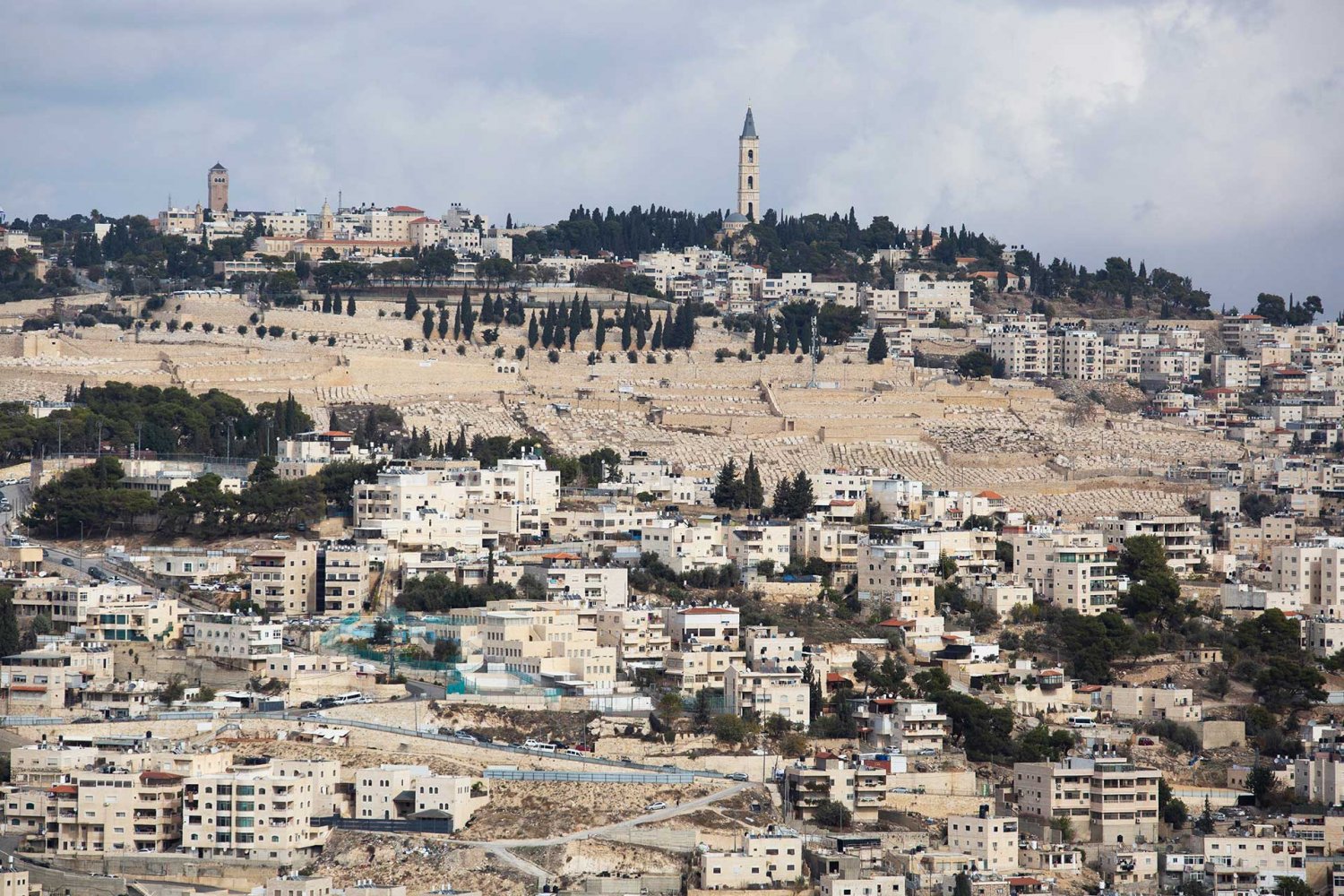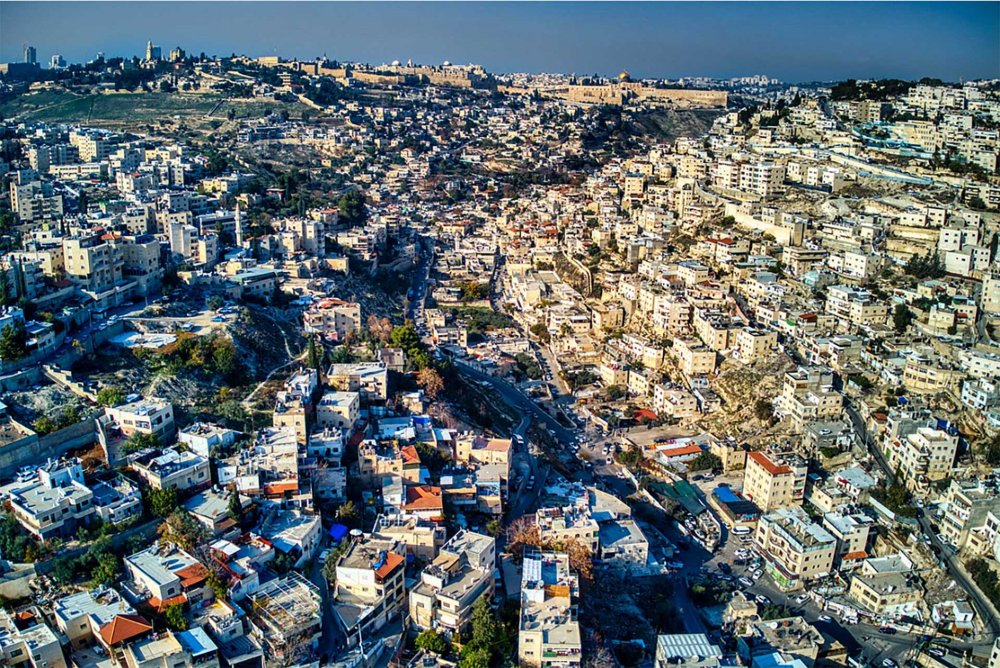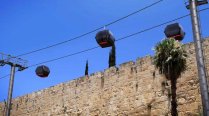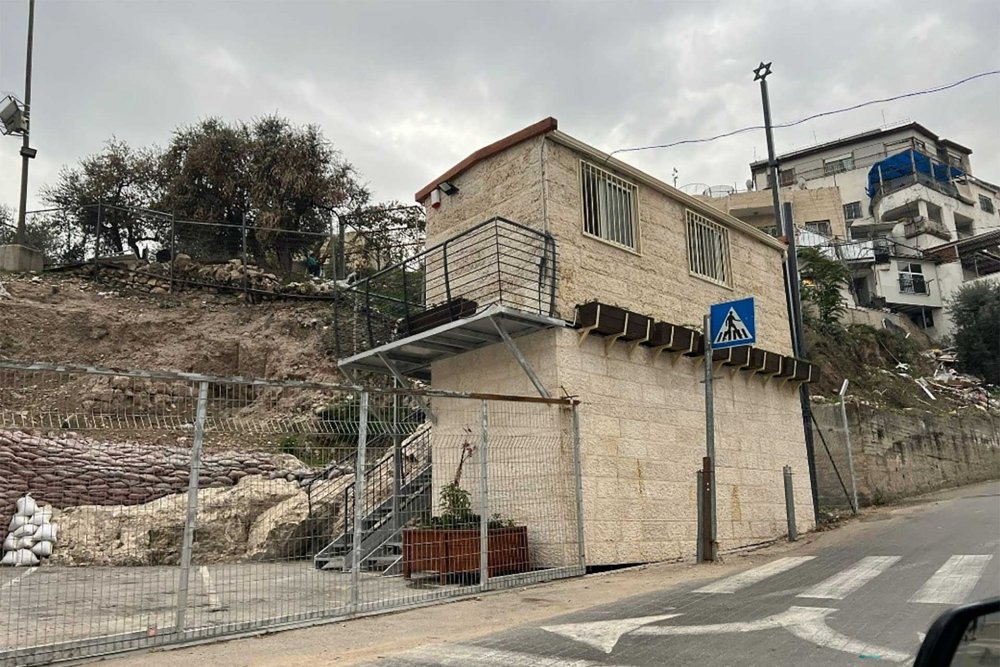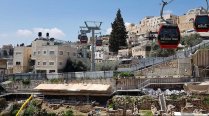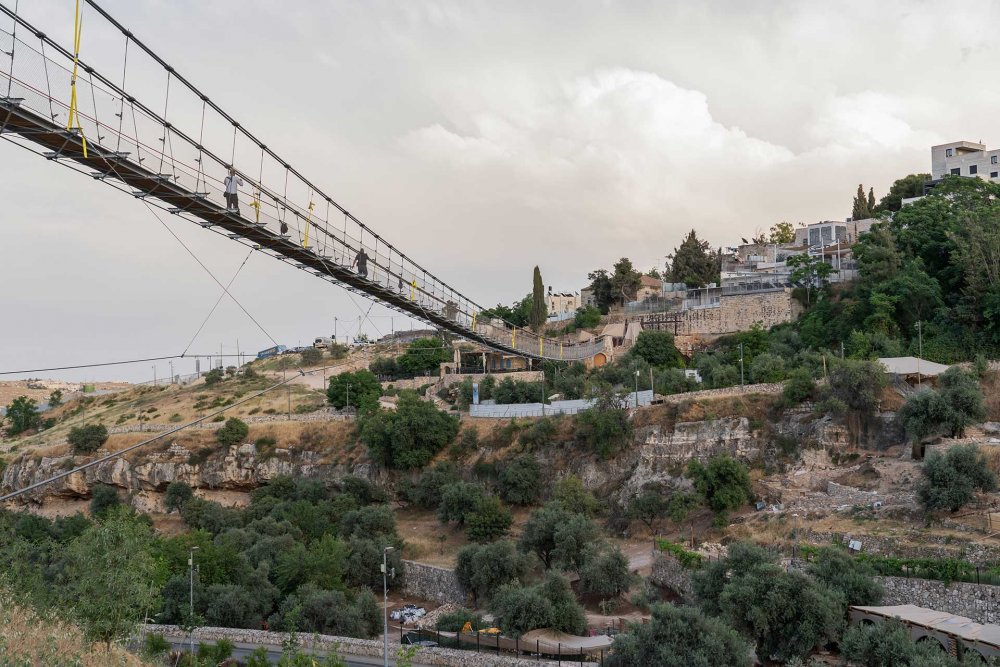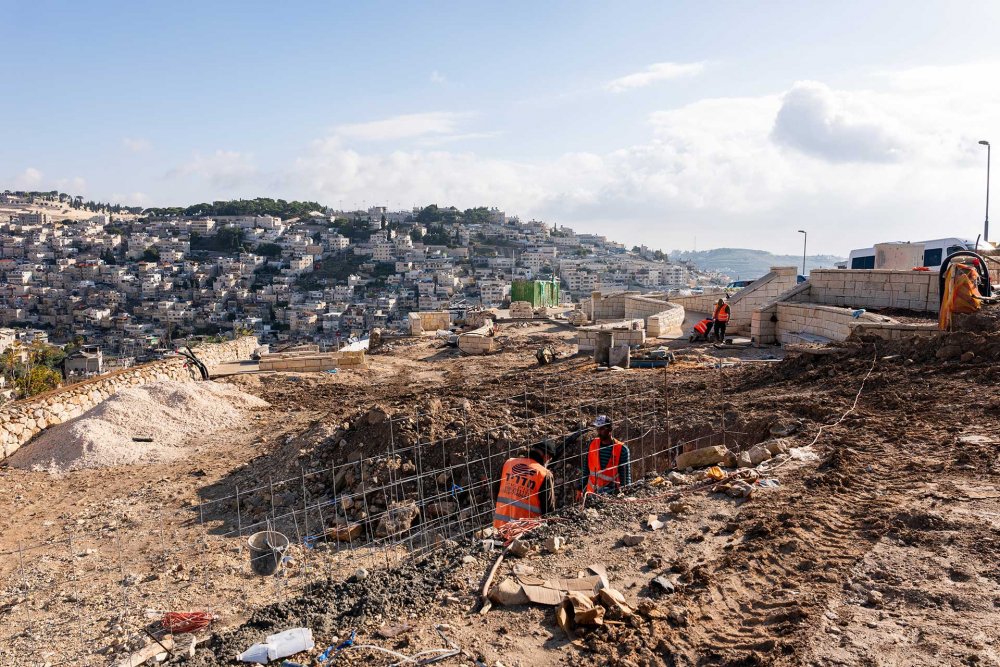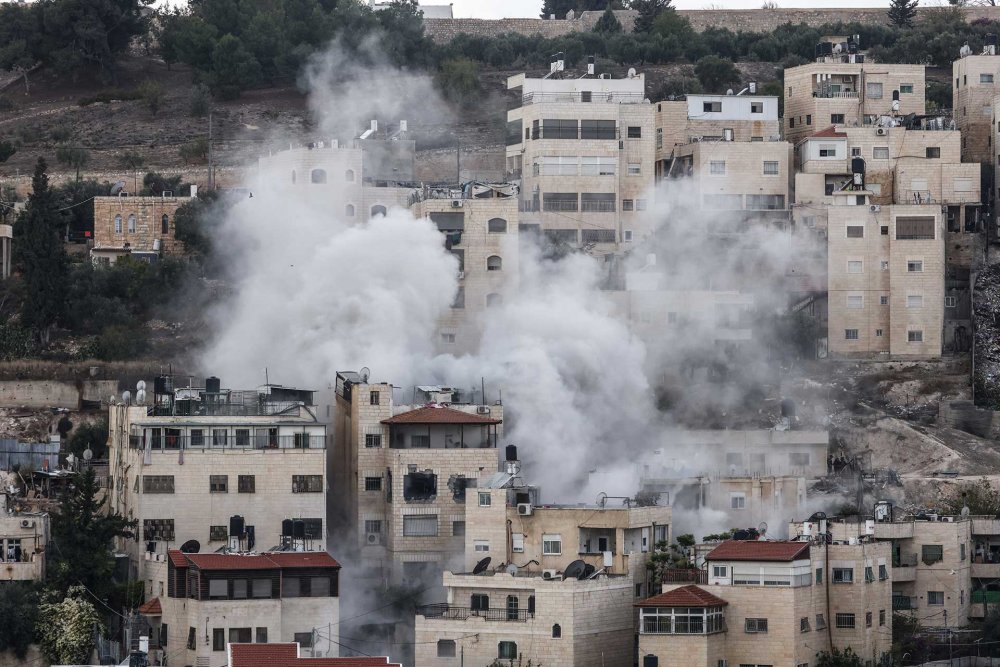“When we approach the municipal courts,” Abu Diab said, “instead of them ruling to stop the excavations, they rule that these houses are now dangerous and unlivable in the current conditions, encouraging people to leave their houses.” Abu Diab elaborated that residents refuse to leave their homes, because they know they will then be taken over by settlers.10
Beyond the damage, Silwan residents have been excluded from any involvement in or ownership over the archaeological discoveries, another way in which they are denied autonomy over their land.
“We have asked repeatedly for independent committees to examine and understand what’s happening in these tunnels and these excavations as locals, but we haven’t received any response,” Abu Diab said.
Abu Diab explained that many of the projects initiated by the Jerusalem Municipality and settler organizations in Silwan, including parks, playgrounds, and streets, are situated on privately owned Palestinian land. However, the Palestinian residents are subsequently banned from entering these spaces once they are completed, and no compensation is given to the landowners. “Even UNESCO is banned from entering these excavation sites,” he added.
“For example, an area between al-Bustan and Wadi Hilweh in Silwan had a nursery, a clinic, and a mosque,” Abu Diab explained. “The municipality and the settler organization closed the road under the pretext that they were doing repairs for a maximum of 180 days—6 months—but the street has been closed for more than 10 years. There are many projects like these.”
The settler-led projects in Silwan are meant to transform Jerusalem from a city known for its multicultural and multireligious character to one seen as strictly Israeli and Jewish. Abu Diab said that organizations like Elad “try to attribute all of history” to their ideologies, which means they only dig up evidence to tell a certain story, despite the land telling many.
Seidemann explained that Jerusalem’s Christian presence is also threatened by the new program. Plans are underway to expand an existing national park that would include the Mount of Olives, home to a number of Christian sites, and place it under the Israel Nature and Parks Authority.11
“That means what we’re witnessing here—and there’s a good deal of protest over it—is not only the fragmentation of Palestinian East Jerusalem, it is the marginalization or dilution of the city’s Christian presence and Christian sites,” Seidemann said. “The biblical ideologies of the settler organizations are being carved into the landscape.”

